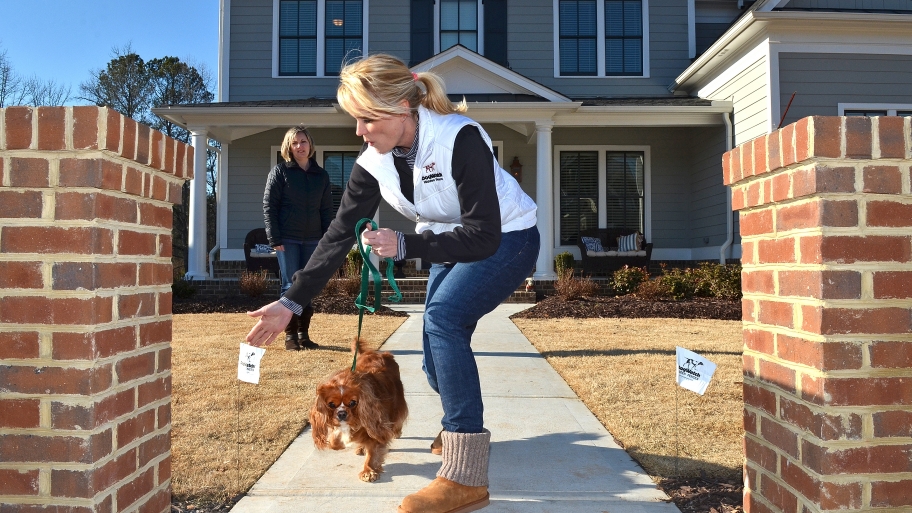Fence Tips For Dog Owners

A few decades ago, it was normal to let your dog roam freely throughout the neighbourhood and most people did not have a fenced yard. Most dogs were well socialised and it was no big deal if the neighbour’s dog was in your yard. However, sometimes dogs would chase cars, fight with other dogs, get pregnant and bite people – or perhaps get hit by cars or get lost.
These days, our furry canine friends are kept responsibly contained within our properties. Keeping your dog contained with a fence, along with neutering and vaccinating them, ensures that they will have a longer, safer and healthier life. As well, it is often a legal requirement. If your dog is left to roam freely, they might be picked up by an animal control officer or you might be liable if they bite someone or if they damage someone else’s property. You can find fencing supplies at your local Richard Williams.
So, when it comes to installing a fence to contain your dog, what important things should you keep in mind?
You may have considered the type of invisible fencing that will give your dog an electric shock if they leave a certain area of the property. Many people seek this type of fence because it will not obstruct your view. However, there are a lot of disadvantages to this option. First of all, the receiver is very expensive and someone can walk right into your yard and steal it from your dog’s neck. Also, the fence doesn’t keep people and other dogs out of your yard, so your dog is vulnerable to teasing and attacks from people and other dogs. Sometimes a dog might get so distracted (like when chasing a squirrel) that they will forget the pain and run right through the system, then they will not want to come home because they know they will get shocked. So, consider this before choosing this option.
One important thing to remember is that if you leave your dog in the fenced yard all day long with no exercise and interaction, he will become stressed out, bored and anxious and will be more likely to bark or try to escape. Make sure that you are taking your dog for a walk at least once every day and that you are not leaving them outside all day long. If you are going to be out for several hours, it is best to leave your dog indoors with plenty of toys to play with and things to do.
